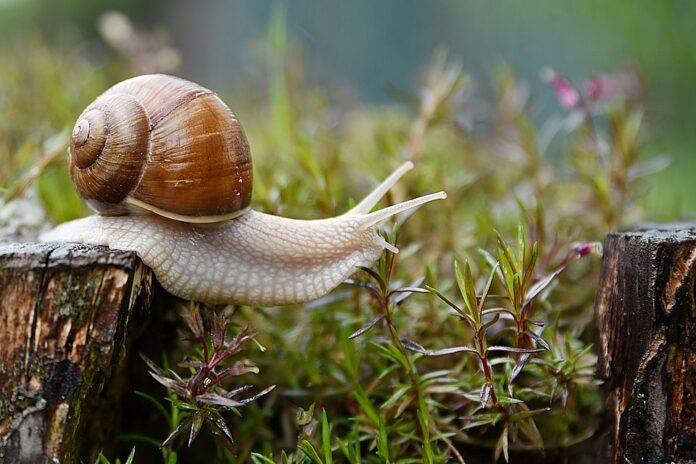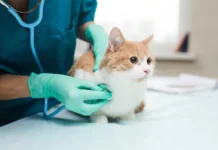Snails, the tiny creatures with shells that we often see in our gardens or on wet leaves, have fascinated and perplexed us for quite some time. They are typically thought of as harmless because they are little and prefer to stay low to the ground or cling to walls. However, how deadly are they, considering that they are occasionally kept as pets? This article’s goal is to give you a thorough education on the dangers posed by snails and the measures you may take to protect yourself from them. In order to provide you with factual information, we shall investigate the realities of snail bites and parasites.
The Basics of Snails
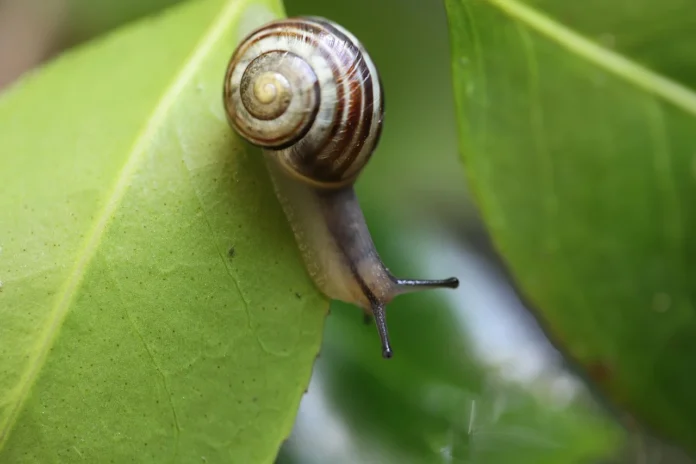
Let’s explore these intriguing critters before delving into the possible threats snails pose to humans and pets. Snails are a type of gastropod mollusk that can glide slowly and gracefully because of their spiral shells. Gardens, woodlands, and bodies of water are just some of the places you could stumble upon them.
Snails are obligate herbivores that subsist mostly on algae, plants, and decomposing materials. They use their radula, or rasping tongue, to scrape food off of hard surfaces before swallowing it. Some species can be harmful to humans under certain conditions, despite their vital function in nutrient recycling and ecosystem equilibrium.
Snail Bites and Human Health
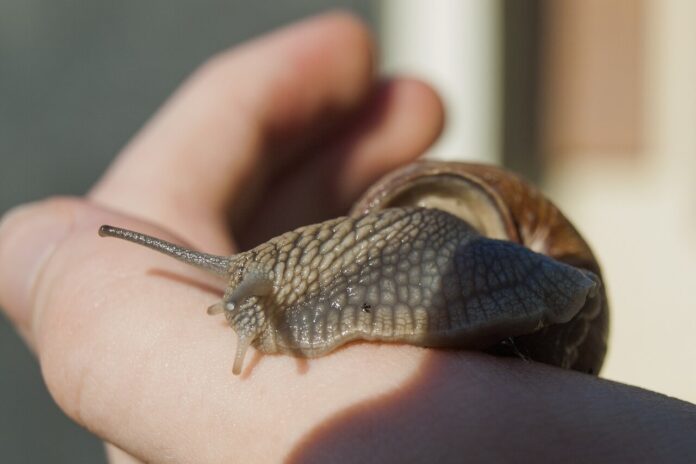
Diseases spread by snails have emerged as a major problem in several regions over the past few years. The danger of developing such infections is elevated in areas where snails are regularly utilized as a food source or in alternative medicine. Consequently, it is crucial to be aware of the risks posed by snail bites and to take the required safety measures to avoid harm.
Potential Parasitic Infections
A notable danger associated with snails is the possibility of parasitic transmission. Rat lungworm (Angiostrongylus cantonensis) is a parasite that can be found in certain types of snail and slug species. When humans unknowingly ingest infected snails or their slime, it can lead to eosinophilic meningitis.
Eosinophilic meningitis is typically characterized by mild headaches, neck stiffness, nausea, and vomiting. Though there are rare instances of neurological complications, it’s important to remember that not all snails carry the rat lungworm. Depending on your geographical location and species of snail present, the risk of infection can vary greatly.
Bacterial Infections
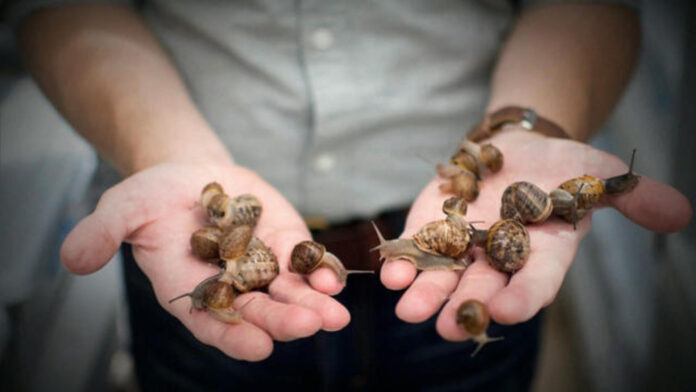
In addition to parasitic life forms, snails can also foster bacteria that possess the potential to be detrimental towards human health. A prominent example of this is Escherichia coli (E. coli) which, when ingested, may result in potentially severe gastrointestinal symptoms such as diarrhea, abdominal pain and fever. Furthermore, it should be noted that any interaction between snails and food or water resources holds an elevated risk with regards to contamination.
It is important to bear in mind that the likelihood of coming across snails with harmful bacteria is quite low. However, by taking necessary precautions such as through washing hands thoroughly after handling snails or abstaining from consuming raw or unwashed food items originating from areas like forests and gardens where these organisms can be found, you can further reduce any potential risks.
Preventive Measures for Snail-Related Risks
While the chances of any serious risks associated with snails are slim, taking a few simple precautions can guarantee your safety and peace of mind. By simply following these guidelines, you can remove any potential concerns and enjoy ample protection in your encounters with snails:
1. Maintain Hygiene
Taking the extra step to practice good hand hygiene is an easy and effective way to protect yourself from any possibly harmful bacteria or parasites you may have encountered when handling snails or being in areas populated by them. It only takes 20 seconds of thorough scrubbing with soap and water, paying attention to detail and reaching every area including between fingers and under nails. Knowing that your safety was taken into account, you can feel empowered that your health is well looked after.
2. Avoid Ingestion of Raw or Unwashed Produce

The presence of snails in gardens and agricultural fields is a well-known occurrence. To safeguard yourself against possible contamination, it is imperative to adopt preventive measures. Prior to consumption, ensure a meticulous washing of fruits and vegetables using running water, aiming to eliminate any traces of soil, particles, or slimy residue left behind by snails. Moreover, whenever feasible, contemplate the act of peeling or cooking the produce, as heat can effectively eradicate any potential parasites or bacteria that may be lurking within.
3. Be Cautious with Water Sources
When depending on untreated water sources like wells or rainwater for drinking or cooking, it becomes imperative to exercise caution regarding potential hazards associated with snails. Snails have the capability to contaminate water sources with their slime, which might harbor detrimental bacteria or parasites. To safeguard the integrity of your water supply, it is advisable to incorporate filtration or purification techniques. This can involve utilizing water filters specifically designed to eliminate bacteria and parasites, or employing suitable water treatment tablets or chemicals as endorsed by health authorities.
4. Maintain a Clean Garden or Living Space
Snail habitats can be reduced by keeping your garden and home clean. Snails prefer moist, decaying, and cluttered places, thus regular maintenance is necessary. Remove fallen leaves, grass clippings, and other snail-friendly organic items immediately. Remove boards, stones, and other shelters for these creatures. Snails can be reduced by creating an unattractive environment.
5. Educate Yourself and Others
Gaining knowledge about the native snail species in your locality and the risks they bring allows you to adopt suitable preventive measures. Conduct research and acquaint yourself with the prevalent snail varieties in your area and the specific hazards they present. This awareness will aid in identifying potential snail habitats and taking necessary precautions. Additionally, share this information with others, including friends, family, or neighbors, to increase awareness regarding the risks and preventive actions. By collectively comprehending and implementing these strategies, we can foster a safer environment for everyone involved.
Lastly
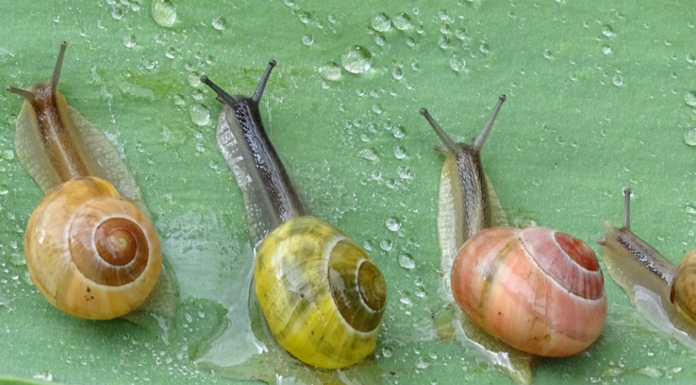
Snails seem harmless, yet they can be dangerous. Their bites may spread parasites or germs and harm humans. Hygiene, alertness, and prevention can reduce these hazards.
This post is not meant to scare, but to provide accurate information about snail dangers. By understanding these concerns and taking care, people may coexist with these fascinating species and ensure their own well-being.
Thus, the next time you see a snail in your garden or on a stroll, appreciate their beauty and admire their beautiful shells while protecting yourself.
